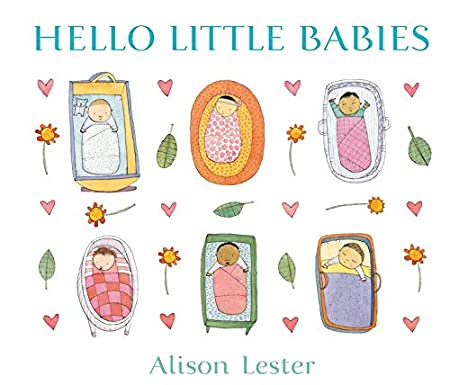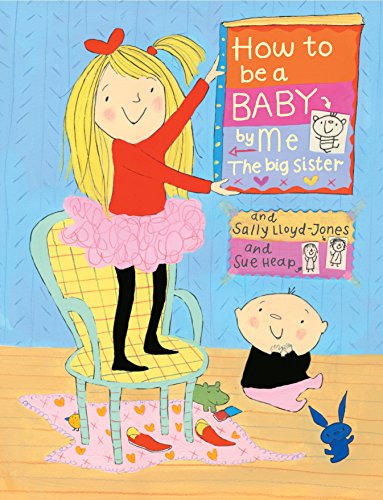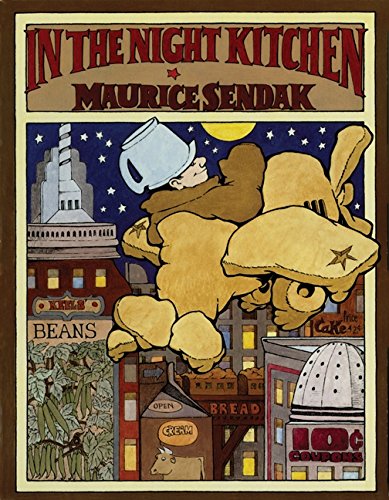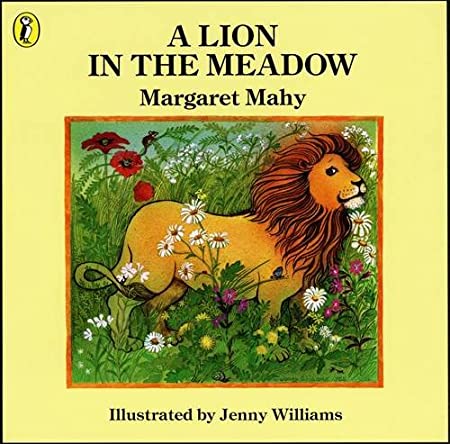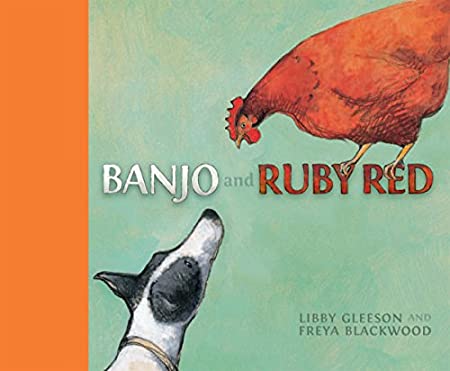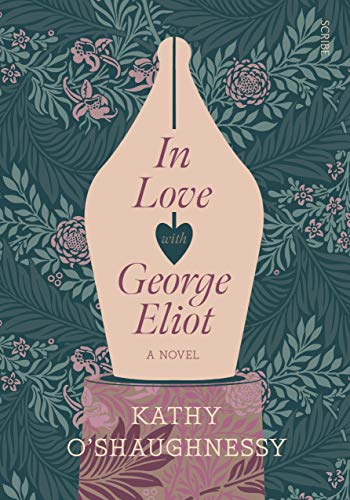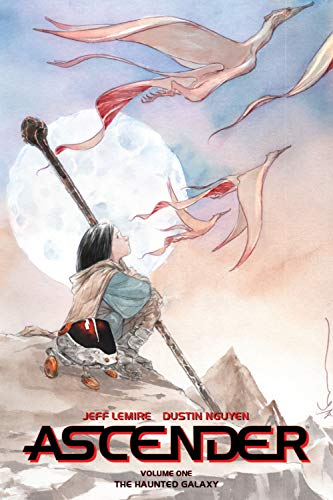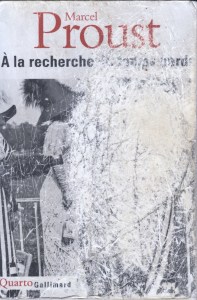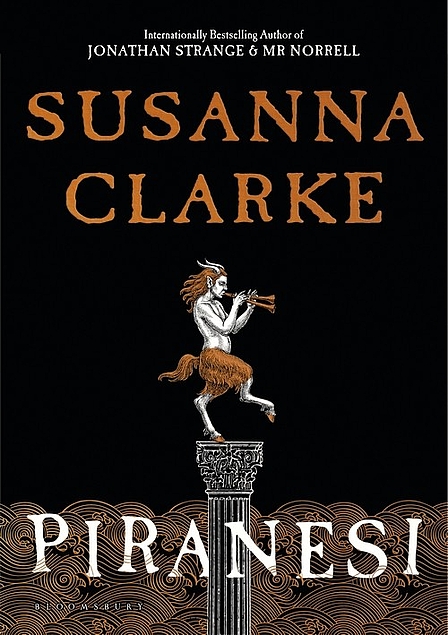It’s been a long time since I’ve posted about books read with my granddaughter. Here’s a beginning catch-up.
Dinner with Olivia (Simon & Schuster 2009, based on the TV series, adapted by Emily Sollinger, illustrated by Guy Wolek)
Neither Ruby nor her grandparents knew there was a TV series featuring Olivia, and at first I was wary of this knock-off of Ian Falconer’s wonderful books: as befits children’s TV, the illustration style is a lot cruder than Falconer’s New Yorkish elegance. But it turns out the book is lovely. Olivia goes to her posh friend Francine’s place for dinner. At first she is in awe, and mildly ashamed of the messiness of her own family, especially her little brothers. But once she has experienced the rule-bound life of Francine’s family, not to mention the Brussels sprouts, she – and Francine – realise how excellent it is to slurp spaghetti sauce and occasionally have a meatball bounce to the floor.
Alison Lester, Hello Little Babies (OUP 1985)
Like Alison Lester’s Clive Eats Alligators, this follows a number of children in different activities. This time the children are babies, of a range of ethnicities. Ruby is besotted with her little brother, and with babies in general – at the museum, the exhibit that held her attention was the diorama of baby dinosaurs hatching from their eggs. An added attraction in this book is that one of the babies is named Ruby.
Sally Lloyd-Jones and Sue Heap, How to Be a Baby, by Me, The Big Sister (Schwartz & Wade Books 2007)
Much loved by Ruby, this mocks the narrator’s baby brother for his comparative helplessness. At least, we assume the baby is male, because that’s what Ruby’s baby brother Charlie is. We first read this before he was born. It has become much more popular since he became a reality. I’m not entirely comfortable with the book’s rampant condescension, but I think Ruby can tell it’s joking, and she particularly likes the last pages, where the big sister looks forward to the time when the baby will be as tall as her and able to play with her.
Maurice Sendak, In the Night Kitchen (©1970, HarperCollins Publishers 1988)
Ruby’s not so fond of this. I think there’s too much that she doesn’t quite recognise: the cooks in the kitchen, dough rising, New York skysline, naked boy … And the story line is weird. However, we were driving in the car the other day and she started chanting, ‘Milk in the batter! Milk in the Batter!’ So the magic of Sendak is percolating.
Margaret Mahy (writer) and Jenny Williams (illustrator), A Lion in the Meadow (©1969, re-illustrated edition ©1986, Picture Puffins 1989)
We picked this up at the Addison Road markets. Margaret Mahy is one of the great children’s writers, and Ruby has responded to this book appropriately. Like Sendak’s The Sign on Rosie’s Door, it has a brilliant mother who responds intelligently to her child’s fantasies. The difference is that is this case the child’s fantasy, of ‘a big, roaring, yellow, whiskery lion in the meadow’, turns out to be real, and so does the mother’s counter-fantasy of a dragon in a matchbox who will chase the lion away. Not a word out of place, this is irresistible, and – like the Sendak books – a pleasure to read aloud.
Libby Gleeson (writer) and Freya Blackwood (illustrator), Banjo and Ruby Red (Little Hare 2013)
A dog and a chook overcome initial relationship difficulties to become good friends. What’s not to love? We used to visit some urban chickens when Ruby was much smaller (her word for chicken as ‘babook’, but she eventually decided to go with the consensus). She still talks about the family dog who died some time ago – ‘It’s very sad.’ And relationship difficulties seem to be an issue as she spends more time in childcare. Plus, the chook’s name is Ruby Red. I don’t imagine the Australian farm setting is any more familiar to our inner-city girl than Sendak’s New York skyline, but in this case that doesn’t seem to matter.
This book is also a pleasure to read aloud, for the pathos of a scene where Ruby Red is apparently lifeless as much as for the pages where Banjo does a lot of barking and for the way movement can be traced in great arc across the pages in Freya Blackwood’s illustrations
Hello Little Babies and Banjo and Ruby Red are the first two books I’ve read for the Australian Women Writers Challenge 2021.


